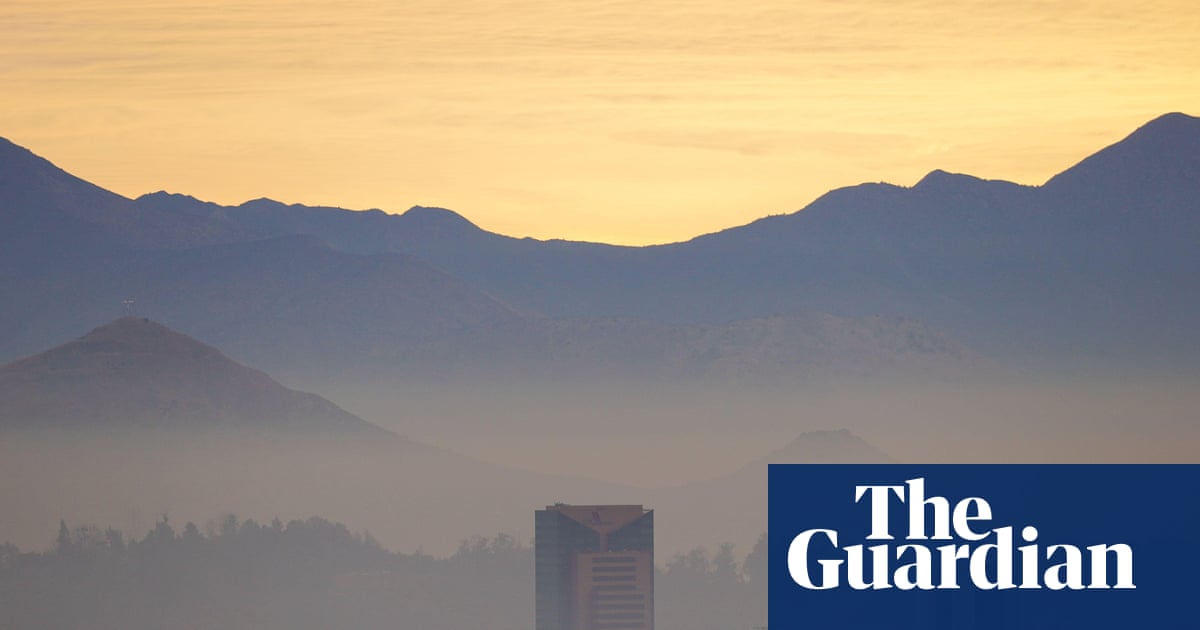
"Over the last decade, hours of exposure to high levels of pollution fell by 66%, which, according to the environment minister, Maisa Rojas, means the 7.5 million residents of the metropolitan region are breathing cleaner air. This is not just a bump, it is a sustained trend, the result of long-term policies such as modernising public transportation, implementing vehicle restrictions, and banning wood-burning heaters in winter."
"But experts say the challenge is far from over: while fine particulate matter (PM2.5) has been decreasing in the cold months, another pollutant tropospheric ozone gains ground in summer, a scenario worsened by the climate crisis. We've been implementing mitigation measures for almost 30 years, and it's good to see that they are bearing fruit. Critical events are becoming less frequent."
Visibility in Santiago improved this winter as the surrounding mountains were visible more days than usual. Long-term measures dating to 1997 contributed to 2025 being the third best year for fewest critical pollution hours. Over the last decade, hours of exposure to high pollution fell by 66%, benefiting 7.5 million metropolitan residents. Policies include modernising public transport, vehicle restrictions, and banning wood-burning heaters in winter. Winter PM2.5 has declined, but tropospheric ozone increases in summer, a trend worsened by climate change. Santiago's basin geography and temperature inversions continue to limit pollutant dispersion, so challenges remain.
Read at www.theguardian.com
Unable to calculate read time
Collection
[
|
...
]